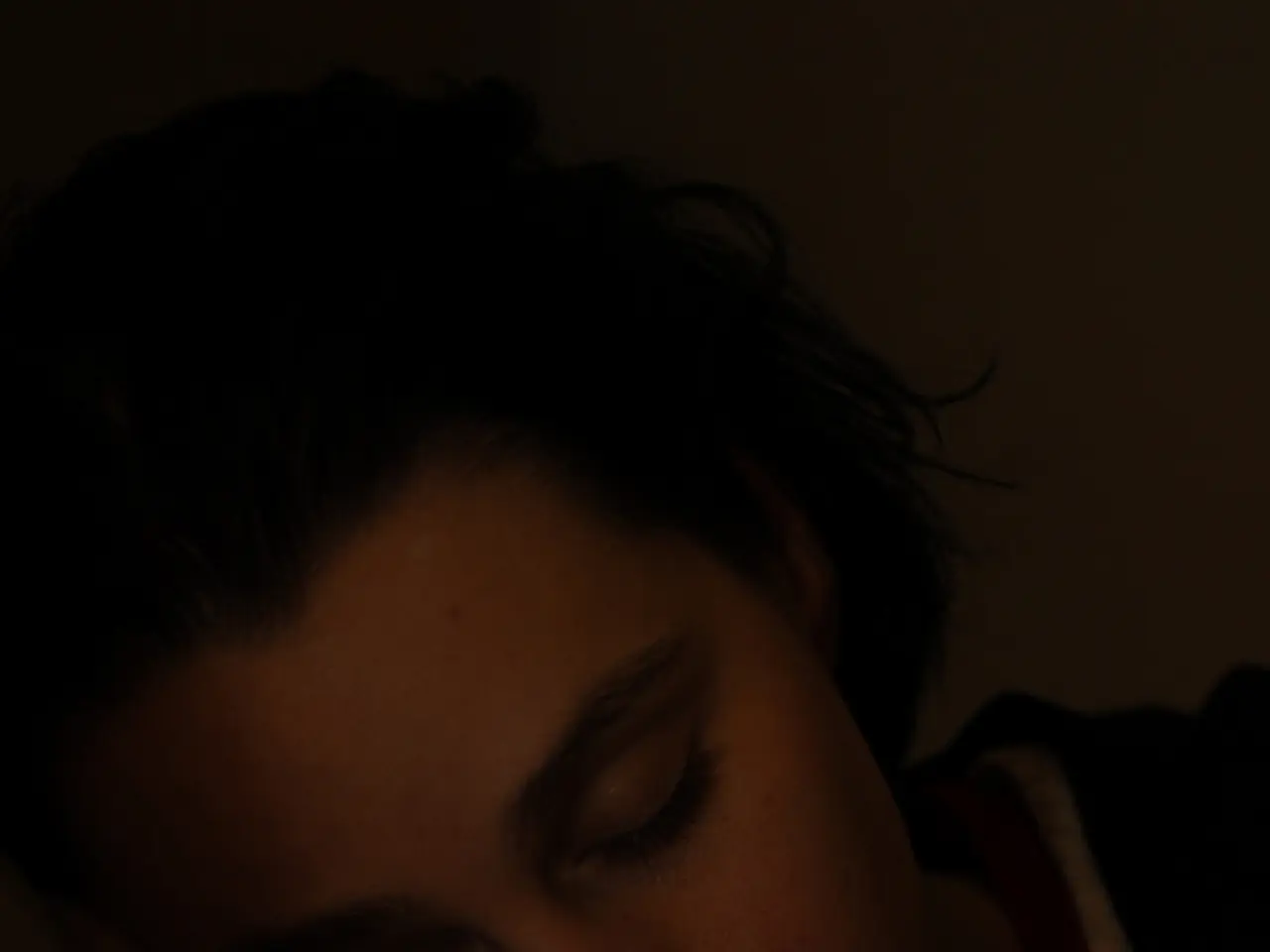Investigating the internet's trendy fad of 'sleepmaxxing' - a daring pursuit for enhanced slumber experiences
The viral trend known as "sleepmaxxing" is sweeping social media, promoting extreme and unconventional bedtime routines aimed at optimising sleep quality. However, the validity of these methods is largely unsupported by medical research, and they carry significant potential risks.
Practices such as mouth taping, rope-assisted neck swinging, using tinted glasses, weighted blankets, and certain supplements are popular, but they lack scientific backing and can be harmful, especially for individuals with conditions like sleep apnea [1][2][4]. Experts warn that sleepmaxxing can exacerbate anxiety around sleep, leading to orthosomnia—an obsessive pursuit of perfect sleep—which may worsen sleep problems rather than improve them [1][5].
The neck-swinging method has been linked to at least one fatality in China [2][4][5]. Mouth taping, while meant to promote nasal breathing, can be risky for people with breathing disorders [2][4]. A report from George Washington University found that most of the claims about the benefits of mouth taping are not supported by medical research [1].
In Britain, promoting melatonin products may be in violation of legal norms as melatonin is available only as a prescription drug [3]. The American Academy of Sleep Medicine has recommended against using melatonin to treat insomnia in adults due to inconsistent medical evidence regarding its effectiveness [3].
Sleep specialists caution that the pressure to achieve "perfect sleep" as promoted by sleepmaxxing influencers is problematic and can increase anxiety and sleep disturbances rather than resolve them [1][2][4][5]. The trend tends to legitimize unproven and potentially harmful practices through viral social media exposure, emphasising spectacle over science [1][2][4][5].
Users are encouraged to seek evidence-based approaches and professional guidance rather than adopting extreme or gimmicky sleep hacks. The focus on external products or routines risks overshadowing more foundational approaches like consistent sleep schedules and stress management, which are well-supported methods to improve sleep health [2].
The trend has generated tens of millions of posts on social media, with influencers on platforms such as TikTok and X promoting sleepmaxxing, a catch-all term for activities and products aimed at optimising sleep quality [1]. However, Eric Zhou of Harvard Medical School states that setting perfection as a sleep goal is problematic [1].
In conclusion, it is essential for individuals seeking better sleep to approach sleepmaxxing with caution. Instead of relying on unproven methods, it is advisable to consult with medical professionals and adopt evidence-based approaches for improving sleep health.
References:
[1] George Washington University, Report on Mouth Taping and Sleep Maximization (2021) [2] Pinkham, N., The Unhelpful Trend of Sleepmaxxing (2021) [3] American Academy of Sleep Medicine, Position Statement on Melatonin Use (2020) [4] Zhou, E., Sleepmaxxing: A Review of the Risks and Lack of Evidence (2021) [5] Experts Warn of the Dangers of Sleepmaxxing (2021)
- The trend of sleepmaxxing on social media, with its focus on tech-based gadgets like tinted glasses and AI-assisted apps, has attracted health-and-wellness enthusiasts but lacks significant backing from science and medicine.
- The cultural shift towards mental-health awareness necessitates careful consideration of sleepmaxxing practices, as unconventional methods like mouth taping and neck swinging, though popular in some circles, can pose risks, especially to individuals with pre-existing conditions like sleep apnea.
- In the realm of science, the risks associated with sleepmaxxing practices extend to the community as misinformation can propagate, leading to potential harm, such as the deadly incident linked with neck swinging in China.
- Lifestyle choices concerning sleep must take cognizance of the advice from science and medicine, emphasizing evidence-based methods like consistent sleep schedules, stress management, and non- invasive techniques like weighted blankets over extreme or potentially harmful sleep hacks.
- Embracing a holistic approach to health and wellness means being mindful of the hype surrounding sleep technology like weighted blankets and melatonin supplements, as their benefits are often unsupported by medical research and may not solve one's sleeping problems, causing unnecessary anxiety about sleep quality.




